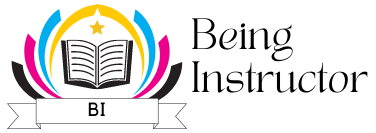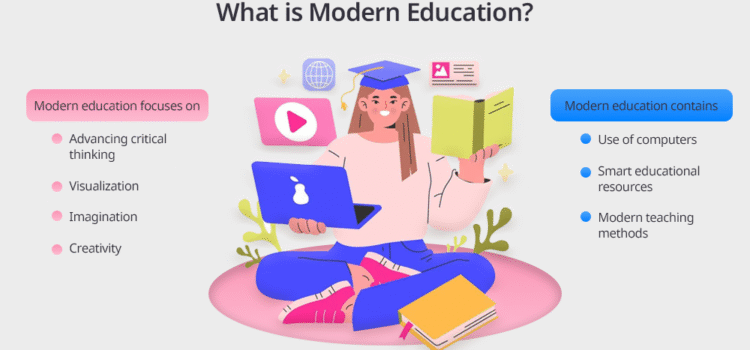In an age where traditional education often falls short of preparing students for real-world careers, a new model called Duaction is gaining momentum. Blending academic instruction with real-world application, Duaction represents a strategic shift in how education is delivered—bridging the divide between classroom learning and professional demands.
From global institutions to local schools, Duaction is rapidly becoming a preferred framework for equipping students with both knowledge and practical experience.
💡 What Is Duaction?
Duaction is a hybrid educational model that merges two critical learning dimensions: theoretical education and hands-on experience. The term comes from combining “dual” and “action,” symbolizing the simultaneous focus on conceptual knowledge and active implementation.
It’s not just about learning facts—it’s about applying them in real environments.
Core Approach:
Concept-Based Classes: Students gain foundational knowledge through lectures, discussions, and curriculum-aligned coursework.
Practical Application: Learners are immersed in projects, internships, and field assignments where theory meets action.
Duaction proves beneficial across various disciplines, including STEM, business, creative arts, and healthcare
🚀 Why Duaction Works
In traditional education, students often memorize content only to forget it soon after exams. Duaction flips that script by embedding learning through doing.
Here’s what makes it effective:
Deeper Knowledge Retention through real-world experience
Development of Soft Skills like communication, critical thinking, and teamwork
Early Industry Exposure, preparing students to meet employer expectations
Increased Student Engagement, thanks to relevance and purpose
Result? Graduates who are confident, capable, and career-ready.
🧱 Core Elements of Duaction
1. Academic Instruction
Students begin with structured theoretical lessons led by qualified educators. These classes provide the necessary frameworks, principles, and foundational understanding.
2. Practical Exposure
Duaction’s true strength lies in the hands-on experiences, such as:
Internships or apprenticeships with real companies
Industry-sponsored projects
Field research and community involvement
Mentorship from professionals
3. Reflective Learning
After each experiential phase, students are encouraged to analyze their experiences, drawing links between theory and outcomes. This critical step enhances:
Self-awareness
Strategic thinking
Lifelong learning habits
🌍 Duaction Around the World
Duaction isn’t limited to one region—it’s becoming a global trend.
Germany: Home to the renowned Dual Vocational Training System, combining apprenticeships with part-time schooling.
Switzerland & Netherlands: Long-standing dual-education structures that align academic and practical learning.
United States: Community colleges now integrate apprenticeships in collaboration with local industries.
India: The Skill India Mission emphasizes experiential learning as a core part of the national curriculum.
These models showcase how countries are evolving education to suit a dynamic labor market.
🏫 Duaction by Discipline
🔬 STEM (Science, Technology, Engineering, Mathematics)
Students design prototypes, run experiments, and write real code as part of their academic journey—preparing them for future innovations.
💼 Business & Management
Business students might create real marketing campaigns or conduct local market surveys to apply classroom strategies in real-world settings.
🎨 Creative Arts & Design
Design students go beyond theory by crafting community murals, building brand identities for startups, or hosting live exhibitions.
🩺 Healthcare & Medicine
From hospital rotations to patient simulations, medical students immerse early into clinical practice—bridging the gap between textbooks and treatment rooms.
📈 Duaction Benefits
✅ For Students:
Learn with purpose and context
Build strong industry networks early
Enter the workforce with experience and confidence
✅ For Educators:
Craft engaging, responsive curricula
Boost student participation
Collaborate across disciplines for innovation
✅ For Employers:
Shape talent from the ground up
Hire graduates with proven skills
Enhance brand through academic partnerships
🚧 Challenges Facing Duaction
Despite its strengths, Duaction has hurdles to overcome:
Scheduling Conflicts: Aligning class schedules with external placements is complex.
Evaluation Systems: Balancing academic grading with field performance remains tricky.
Infrastructure Gaps: Small or rural institutions may lack industry partners or facilities.
Still, collaborative solutions—including digital simulations, case studies, and virtual internships—are increasingly used to solve these issues.
💬 FAQs: Understanding Duaction
Q: Is Duaction the same as an internship?
A: Not exactly. Internships are a component of Duaction. The model also integrates practical learning into the core curriculum.
Q: Is Duaction limited to university-level education?
A: While most common in higher education, Duaction principles can be adapted for high schools via project-based learning or community initiatives.
Q: Are partnerships necessary?
A: Yes, strong links with businesses or industries enhance the model. But in the absence of direct partnerships, case-based learning or virtual simulations can fill the gap.
Q: How is student success measured?
A: Through a mix of:
Academic assessments
Mentor evaluations
Practical deliverables (e.g., reports, presentations, portfolios)
Self-reflection and feedback
Q: Is Duaction only for vocational fields?
A: No. Liberal arts, education, law, and more can integrate Duaction via legal clinics, writing centers, or outreach programs.
📝 Final Thoughts
As global industries evolve, education must follow suit. Duaction is not just a trend—it’s a shift in educational philosophy.
By fusing academic knowledge with real-life experience, Duaction prepares learners not only to pass exams, but to solve real problems, think critically, and lead with confidence in any professional environment.
For institutions ready to evolve, Duaction offers more than just reform—it offers a revolution in learning.
For more information, Visit Our Homepage:






